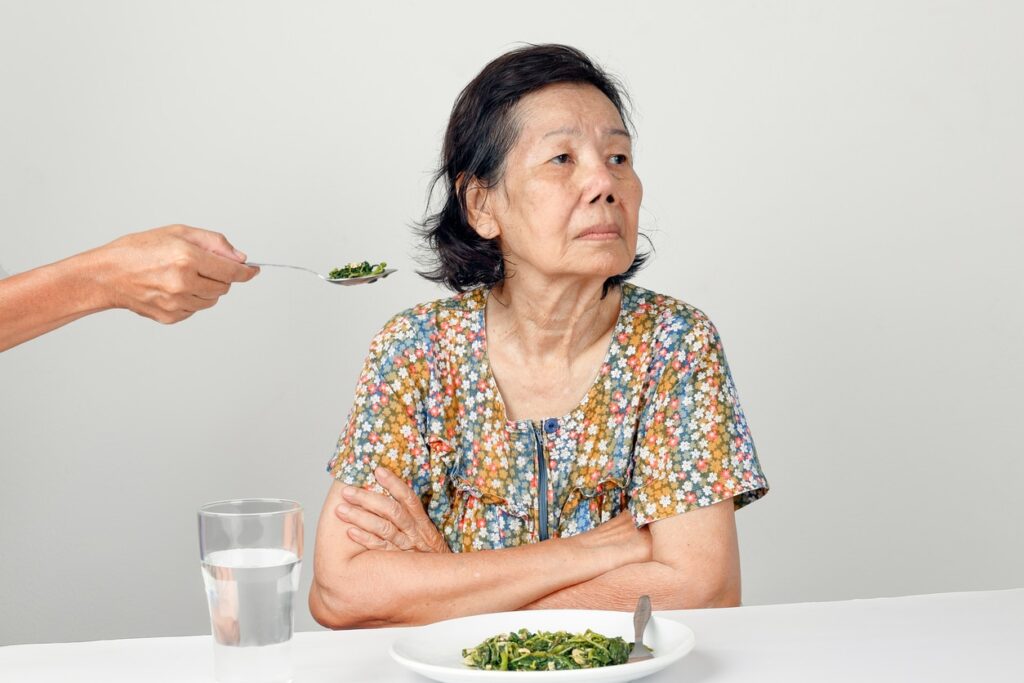Next up in CMS Compliance Group’s “Ftag of the Week” Blog series is F804 Nutritive Value/Appear, Palatable/Pref Temp, which is part of the Food and Nutrition Services regulatory group. This regulation is being cited more frequently, particularly in certain regions of the country, so it is one to pay attention to.
F804 – What’s Required?
There are two areas covered in this regulation. The first area is concerned with the methods of storage and preparation used in the facility to ensure there is a minimal loss of nutrients:
- The facility must provide each resident with food that is prepared via methods that conserve the foods nutritive value, flavor and appearance. This means the facility must ensure that the nutritive value of food items is not compromised/destroyed due to prolonged food storage, light and air exposure, or cooking foods in large volumes of water, or holding foods on a steam table.
The second area requires providers to ensure that food is appetizing to residents, palatable, and served at appropriate temperatures for residents to enjoy. Per the Interpretive Guidance (IG), ensuring that food items are tasty helps with improving residents’ nutrition and hydration status, which in turn provides the benefits of preventing illness or injury, or helping to heal issues the resident may be experiencing.
- The facility must provide residents with food and drinks that are palatable, attractive and at a safe and appetizing temperature. The IG emphasizes the need for a balance to be struck between ensuring the food is served at a temperature that is appetizing to residents, but also minimizes the risk for scalding and burns.

“Proper (safe and appetizing temperature)” – Both appetizing to the resident and minimizing the risk for scalding and burns.
It is important to recognize that if a facility serves a hot beverage to a resident that results in a risk or an actual burn there is a likelihood of a negative outcome not only for the resident but the facility as well. There are an increasing number of citations under F804 for issues related to hot beverages and spills. We know these types of incidents can also be cited under F689, Free of Accident Hazards/ Supervision/ Devices, so it is important to monitor hot beverage temperatures when providing them to residents, and provide the necessary monitoring or assistance to prevent a burn or other negative outcome.
It is important to recognize that if a facility serves a hot beverage to a resident that results in a risk or an actual burn there is a likelihood of a negative outcome not only for the resident but the facility as well.
On Survey
There are many opportunities during survey for issues in these areas to be identified by surveyors. These include:
- Resident interviews
- Group interviews, such as the Resident Council Meeting
- Review of the Resident Council Meeting Minutes that could indicate complaints about food temperatures, food palatability, etc. that have not been resolved.
- Surveyor observations in the kitchen and interviews with staff
- Surveyor observation that food served is not being eaten
- Surveyor observation that there is a delay in meals being served to the residents in a timely manner.
Let’s see how these tasks and observations have led to deficiencies on recent surveys:
Multiple Surveys – Resident Interviews
In order to provide evidence of a deficiency, surveyors will often interview the residents, whether individually or in a group setting to discuss the food and drinks being served. What would your residents say about your food? Hopefully not comments like these from F604 deficiencies across the country:
- The food was going downhill.
- The meat was often hard and the presentation was always awful and t looked disgusting.
- The food was terrible, with no variety, and breakfast is always late and cold.
- The food sucked. It was bland, yucky, overcooked and undercooked.
- The food was cold most of the time and that she did not like using plastic utensils so she stopped ordering the entrée and ordered a sandwich and chips most of the time instead.
- The worst problem in the facility was the food, it was lousy, always cold and almost always had to be warmed up when served. The soup was from a can and did not taste good and he never received what he ordered.
- The dinner meal was not good and was a poor attempt at Chinese food and was not fully cooked.

What is worse is that in many cases, the facility was aware that there were complaints about temperature issues and palatability that the Dietary staff spoke about during interview. If the residents are making continued complaints about the quality of the food in your facility, you need to ensure that this is addressed, whether through a PIP or otherwise.
Recertification Survey – Resident Council Minutes F804: S/S: E
During survey, two residents were interviewed in their rooms and complained to the surveyor about the food, including one resident who stated that she had only received parsley for dinner the prior night and the tray had no food contents. The surveyor reviewed the Resident Council Minutes, which revealed multiple residents stating they noticed an increase in missing items on their trays, including seasoning and condiments. The Dietary staff were in-serviced in response and tray accuracy auditing was started.The surveyor requested a test tray and found the items to be bland and lacking adequate flavoring.
Now let’s look at what can happen when a surveyor is in your kitchen:
Recertification Survey – Kitchen Observation – Meal Preparation F804 S/S: E
A surveyor reviewed the cook’s spreadsheet for dinner during the Kitchen Observation and noted that pureed vegetables for dinner were already prepared and fully heated in the oven prior to 3pm for dinner service at 5 pm. On interview, the cook noted that the vegetable (corn) was already cooked when it came from the can, and that it was at temperatures hot enough to be served (192.6°F). During an interview with the RD, it was stated that food items should be prepared and cooked closer to tray line times in order to ensure there is no decreased nutritive value or reduced palatability, particularly when it was for pureed foods.
Recertification Survey – Meal Service Observation F804 S/S: F
During meal service, the surveyor observed staff take temperatures of food prior to serving, but not after the last meal was served, so there was no documentation of end of service temperatures. The surveyor interviewed the resident who received the last tray during meal service and asked how the food way. The resident replied that the food could be warmer. Other residents were interviewed and stated that the food is often not warm and alternates are not offered.
As you can see from these citations, it is relatively easy to identify when there are issues with food temperatures or palatability in a facility. If a surveyor can find all of these issues in only a few days, then facilities should also be able to identify any issues and implement corrective actions to provide a dining experience where residents enjoy their food and drinks.

When was the last time that you conducted a resident satisfaction survey regarding meal service and implemented corrective actions to address all concerns raised?
When was the last time that you conducted a resident satisfaction survey regarding meal service and implemented corrective actions to address all concerns raised? Do you have a “functioning” Food Committee? Lastly, what did your nurses and dietitians identify as potentially problematic when they conducted their last Dining Observation and what did you do about? If you are routinely using the CMS Dining Observation and Kitchen/Food Services Observation tool, you should find yourself in a pretty good place during a survey.